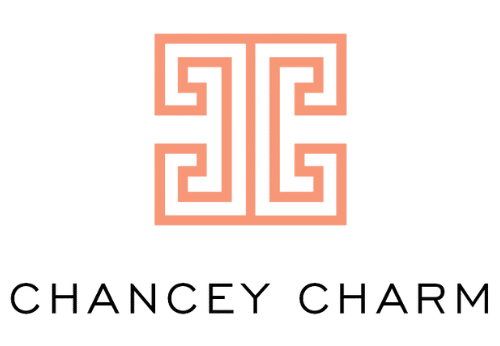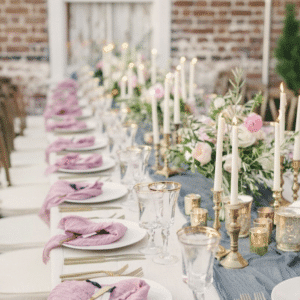- Average day-of coordination is 30 hours of work.
- How much are you making at your job now? (I was working in marketing with CFA making $11 an hour, another story for another day.)
- If you take what you’re currently making hourly and multiply it by 30, and can charge that or more – then that’s a WIN for your first few weddings OR a wedding at a venue that fits your target client and can get you more business down the line.
What’s Inside This Episode?
- 1:20 – What I charged for my first 3 weddings
- 3:29 – The problem with the industry standard
- 4:40 – The system I have used in 13+ new locations, with new planners for pricing
- 9:30 – A message for planners across the country
In case you prefer to read instead of listen, let me break a few points down here.
1. New planners are told by others that they should be charging the industry standard of their area, but this assumes that you have the same level of experience and education as other planners in your area. If you feel like your services aren’t worth the industry standard yet, that’s okay. It’s not a bad thing to price yourself based on the value you feel you offer. I know a planner who went through a year and seven weddings before she charged a single client.
You can– and should– raise your rates as time passes and you have more weddings under your belt. Even without inflation as a factor, my rates have steadily increased over the past decade. Just like with every other industry, your experience and expertise matter when it comes to how much you get paid.
2. It’s important to realize that booking new clients requires a certain level of confidence. When new planners are pricing their services for day-of coordination, here’s one way to feel confident in their rates. Consider that day-of coordination takes about 30 hours of work. Take that 30 hours, and multiply it by your current hourly rate. (If you’re salaried, you’ll need to do a little math!) As long as your day-of rates are at least that much, your pricing is working for you– you’re making just as much as you would at your non-planner job!
And again, it’s a great idea to slowly raise your rates as you go. If this formula provides a day-of rate that is much lower than other local planners, maybe go ahead and add an extra $2 to your hourly rate. You can also use this formula to explain to clients your time commitment of 30 hours and what your hourly rate is, so they can better understand the value you’re bringing to the table.
3. My last thought is for experienced planners who are nervous about new planners undercutting your rates. The clients they are currently booking, looking for a deal, are not your ideal, target client. They know they are getting a deal or asking for special services from someone new, and it’s not a loss for your business. There are plenty of couples with a higher budget who are looking for someone who can bring years of experience to planning their wedding. Those people are who you want to work with. I know it’s hard to remember that, but I promise it’s true. Remember you were once a newbie planner who had no idea how to price your own services! Now look where you are today. Life is a little better when we can find a way to encourage each other at every part of our journey.
#WeOverMe
Rooting for you always friend,
Sarah
Founder, Chancey Charm
PIN THIS FOR LATER!














